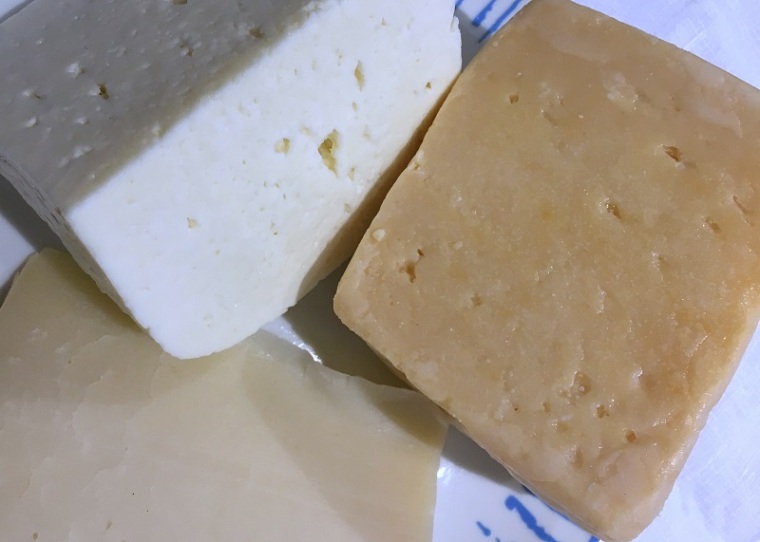Möckli, Röllchen or Rosetten?

How would you like your cheese? Switzerland is a country with quite a few rules, which makes life orderly and predictable. Because this makes the quality of life and the quality of most products high, people are on board following the rules. And so a Swiss person knows that some of his cheese has big holes, some of it goes into fondue, other cheeses go into Raclette (even if there is an overlap here) – and then there are the cheeses that are sliced, diced, planed and chopped in a very specific way. One of those is Sbrinz, a cheese named after a town in the canton of Bern. Brienz is a village to the southeast of the Swiss capital, and in the heart of the Alps. From here, pack trains were readied for their trek across the Alps and the animals often carried a cheese with them, a very hard cheese that the Italians, who were on the receiving end of the pack trains called lo sbrinzo, the cheese from Brienz (they clearly added a few letters in translation). The name stuck, and now even the Swiss call the cheese Sbrinz. The cheese’s website carefully explains that there are three ways in which one can enjoy this cheese: use a sharp stubby knife (like the one you would use for Parmigiano), to hack small chunks off – those would be the Möckli – or use a cheese plane to get the rolls (Röllchen, you guessed it) or you can just grate it.

The explanation comes with links where you can get your own cheese pick, your cheese plane, or your grater: the marketing is quite impressive. We learned that Sbrinz does not do well in Raclette, it is too dry and doesn’t melt nicely. Otherwise, it is a fine cheese, just not one that I would buy the implements for, so if we have to have it, I will continue to get it in lil’ rolls at the local supermarket. Sbrinz is an AOP cheese, which means there are lots of rules to follow before you can call your Sbrinz a Sbrinz. Raw milk is used, cows don’t get fed any silage, and the cheese has to be ripened for at least 18 months. There is even a test, and the cheese has to score a minimum number of points before it can be called a Sbrinz. Even the name Hobelkäse (‘Plane Cheese’) is protected.

Another cheese that requires a specific implement for slicing it very thinly is the Tête de Moine, the Monk’s Head cheese – it is a loaf in the shape of a short thick tube, and in order to enjoy it, you are supposed to use a plane on a spindle that you can stick in the top of the cheese; by swiveling the plane perpendicularly to the surface of the cheese, thin slivers of cheese are shaved off. The process yields the so-called Rosetten, a thin, wavy flourish of cheese, not unlike some kind of flower. The thin layers melt in your mouth and the flavor really gets to unfold very nicely. While it is not made for it (and I may be jeopardizing future chances of becoming a Swiss citizen with this confession), we tried it in the Raclette maker and it was quite good. The classic, the younger version, is wrapped in silver foil, the older reserve in gold. The cheese has its origins in the monastery of Bellelay, also in the canton of Bern, but in the French-speaking borderlands with the Swiss Jura. The monks here for centuries paid their rent in cheese – at least since the late 12th century. The French Revolution saw the monks thrown out of the abbey but the cheese making continued. The invention of the nifty machine in 1981 really allowed the Tête de Moine to take flight – the little rosettes were just too cute to pass up, and the cheese because a party favorite.

The plane is known as a Girolle and here, too, the question is whether to spend 40 big ones on a machine before you have a gram of cheese, or to buy the ready-made rosettes in the store. So far, I haven’t been swayed towards the purchase of a machine, so I get mine in little plastic containers. Give me another 10 years in Switzerland and I am sure I will shake my head in disbelief of my former self, as I walk to my kitchen cabinet that stores all my various cheese saws, planes, drills, and knifes. I will know then better than I do now that, in order to enjoy cheese, there must be rules and there must be implements.











